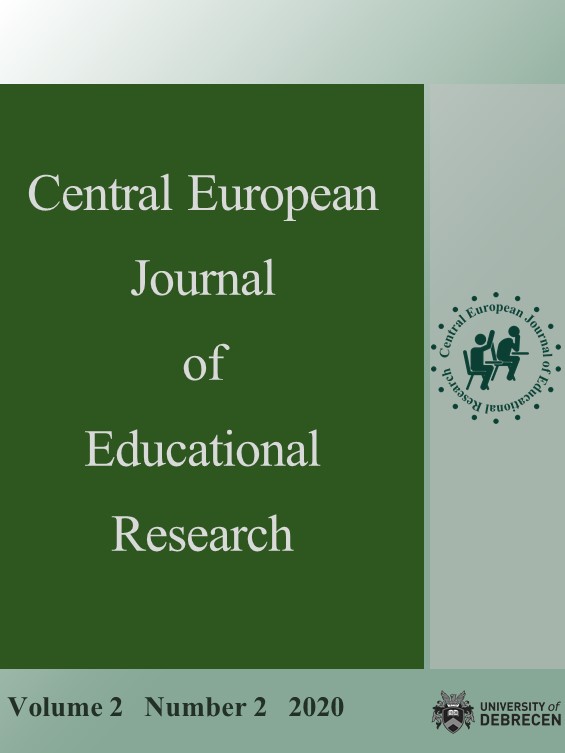The Different Patterns of Religiosity and Their Relationship with Cloninger’s Temperament and Character Model
Authors
View
Keywords
License
Copyright (c) 2020 by the author(s)

This work is licensed under a Creative Commons Attribution 4.0 International License.
How To Cite
Abstract
The aim of our study is to create a more detailed and accurate picture of the complex relationship between personality and religiousness by describing the person’s religiousness in a multidimensional way. The sample for study consisted of 240 subjects (161 females, 79 males; mean age: 22,53, SD= 2,98) who attended church at least occasionally. We divided up different types of religiosity by the way in which they are followed: compiling the participants’ different critiques based on their responses regarding religious practice, on the data from the Hungarian Shortened Post Critical Belief Scale (Martos et al., 2009), and the Hungarian version of the Age Universal I-E Scale (Kézdy et al., 2018). For the measurement of personality based on the Cloninger’s psychobiological theory, we used the Shortened Hungarian Cloninger Temperament and Character Inventory (TCI 56) (Paksi et al., 2009). K-means clustering and one-way ANOVA-s were used to explore and compare the patterns. The results of the study show that in terms of personality traits, there are significant differences between the different types of religiousness. Therefore, interpreting and analyzing piety and personality as a complex system could help to understand religious practice and education in a more differentiated way.


 https://doi.org/10.37441/CEJER/2020/2/2/7916
https://doi.org/10.37441/CEJER/2020/2/2/7916